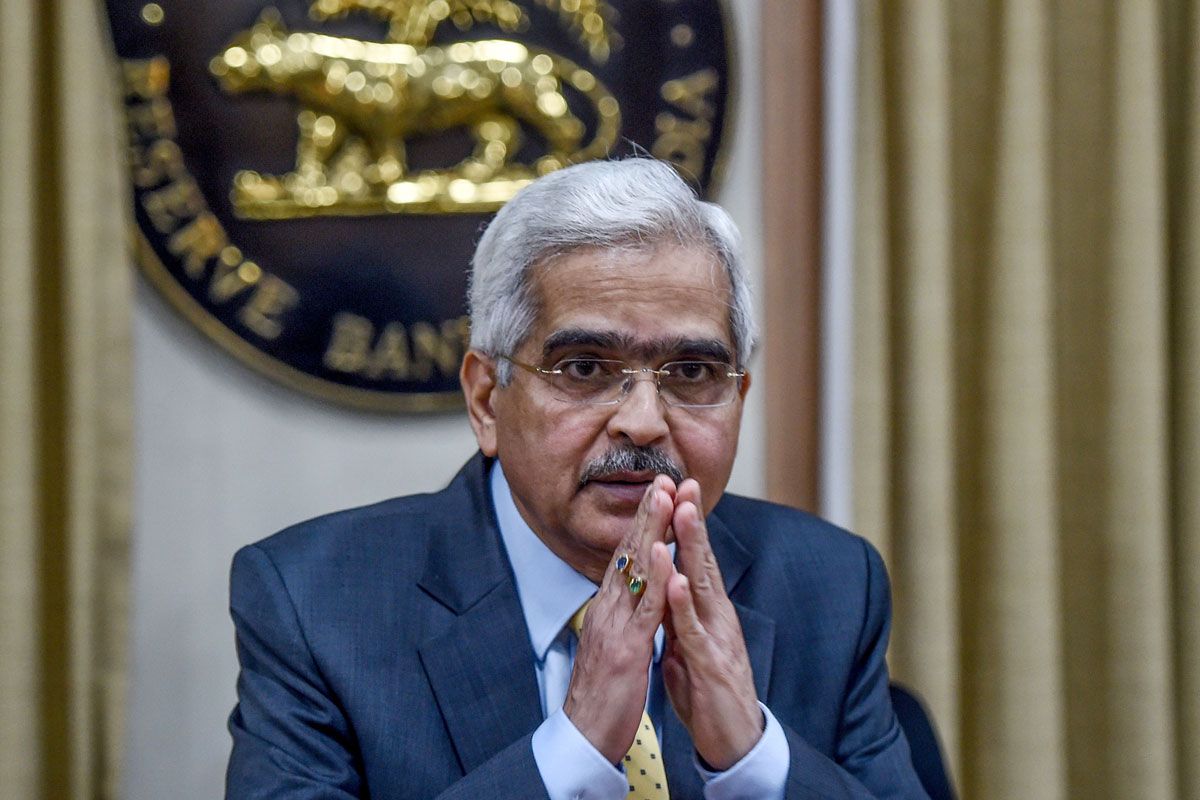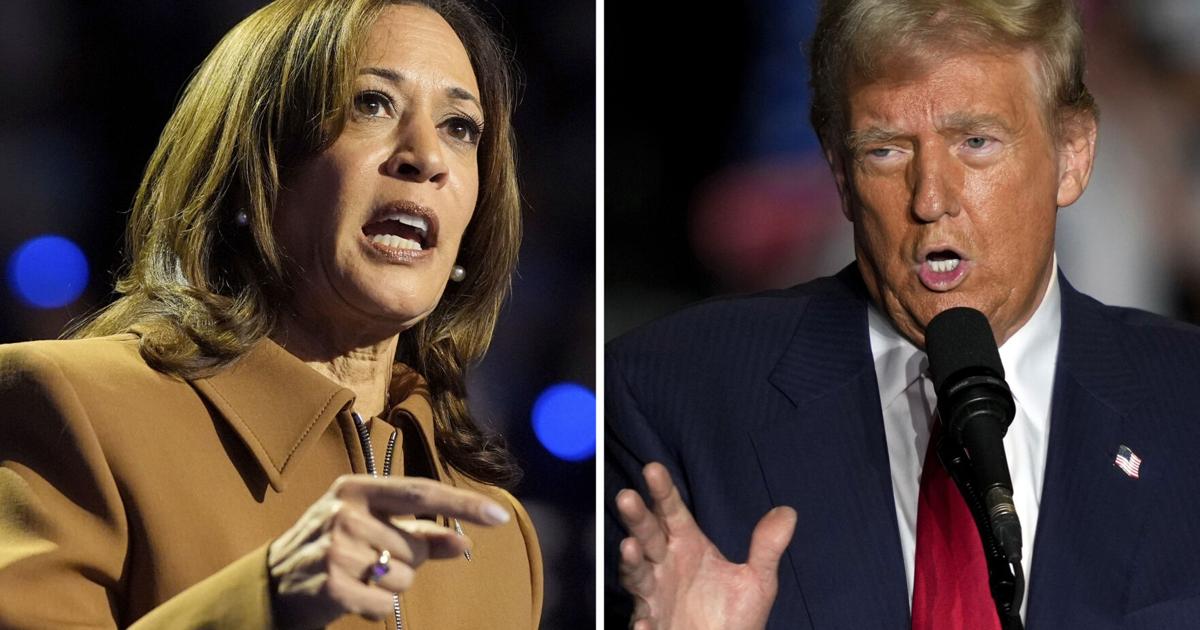Home / us-presidential-election / Republican Victories Dominate 2024 Midterms, but Democrats Eye 2026 Comeback
Republican Victories Dominate 2024 Midterms, but Democrats Eye 2026 Comeback
By: My India Times
3 minutes read 28Updated At: 2024-12-13

The United States has witnessed another tumultuous election cycle, with Republicans emerging as the dominant force in the 2024 midterms. Their resounding success across various battleground states has reinforced their position in Congress and at the state level. However, Democrats remain undeterred, finding reasons to be hopeful as they set their sights on the 2026 elections.
Republican Momentum
The 2024 midterms marked a significant resurgence for the Republican Party. Capitalizing on concerns about inflation, border security, and crime, Republicans crafted a message that resonated with a broad spectrum of voters. Key victories included flipping traditionally Democratic districts in states like Pennsylvania, Wisconsin, and Nevada, solidifying their control of the House of Representatives. Additionally, gubernatorial wins in Michigan and Arizona underscored their growing appeal in historically contested regions.
The party’s emphasis on cultural issues, such as parental rights in education and opposition to what they termed “woke policies,” galvanized their base and attracted swing voters. Senate Minority Leader Mitch McConnell celebrated the results, calling them a “validation of conservative principles.”
Democrats Assess Losses
While Democrats faced setbacks, they were not blindsided. President Biden’s administration anticipated challenges due to economic headwinds and historical trends that typically favor the opposition party during midterms. The loss of several moderate Democrats in competitive districts was a blow to the party’s efforts to maintain a broad coalition.
However, some silver linings emerged. Despite their losses in the House, Democrats managed to retain control of the Senate, thanks to strong performances in states like Georgia and Colorado. Progressive leaders like Alexandria Ocasio-Cortez pointed to the youth turnout as a sign of a shifting electorate, particularly on issues like climate change and reproductive rights.
Key Issues Driving the Divide
Economic anxiety played a pivotal role in shaping voter sentiment. Republicans effectively harnessed discontent over rising prices and economic uncertainty, attributing them to Democratic policies. Their criticism of government spending and focus on tax cuts found favor with middle-class voters.
Conversely, Democrats leaned on the Supreme Court’s controversial decisions to mobilize their base. Issues such as abortion rights, LGBTQ+ protections, and voting access energized young and suburban voters. Although these efforts were not enough to secure a majority in the House, they prevented a complete electoral rout.
Strategic Shifts for 2026
Looking ahead to 2026, both parties are recalibrating their strategies. Republicans are aiming to consolidate their gains by delivering tangible policy outcomes. Party insiders suggest that a legislative agenda focused on tax reform, healthcare, and border security will be central to their plans.
For Democrats, the emphasis will likely be on rebuilding their connection with working-class voters while doubling down on issues that resonate with younger generations. Party chair Jaime Harrison stressed the importance of grassroots organizing, particularly in rural areas where Democrats have lost ground over the years. Additionally, the party plans to highlight accomplishments from the Biden administration, such as infrastructure investments and student debt relief, to counter Republican narratives.
Reasons for Democratic Optimism
Despite the setbacks, Democrats see opportunities to regain momentum in 2026. The evolving demographics of the American electorate, including an increasingly diverse and socially progressive younger generation, offer hope for future elections. Additionally, the party’s retention of the Senate provides a platform to advance key legislative priorities and shape the national conversation.
Moreover, the party’s ability to adapt to local dynamics—evidenced by their success in states like Colorado and Georgia—indicates that Democrats can still compete effectively in swing regions. Analysts believe that with a clearer economic message and a focus on unifying themes, the party can reclaim lost ground.
Conclusion
The 2024 elections showcased the dynamic nature of American politics. While Republicans celebrated a banner year, Democrats remain resolute, preparing to mount a robust comeback in 2026. The coming years will test both parties’ ability to address the nation’s challenges and connect with an increasingly diverse and polarized electorate. As the dust settles, one thing is certain: the battle for America’s political future is far from over.
....
The United States has witnessed another tumultuous election cycle, with Republicans emerging as the dominant force in the 2024 midterms. Their resounding success across various battleground states has reinforced their position in Congress and at the state level. However, Democrats remain undeterred, finding reasons to be hopeful as they set their sights on the 2026 elections.
Republican Momentum
The 2024 midterms marked a significant resurgence for the Republican Party. Capitalizing on concerns about inflation, border security, and crime, Republicans crafted a message that resonated with a broad spectrum of voters. Key victories included flipping traditionally Democratic districts in states like Pennsylvania, Wisconsin, and Nevada, solidifying their control of the House of Representatives. Additionally, gubernatorial wins in Michigan and Arizona underscored their growing appeal in historically contested regions.
The party’s emphasis on cultural issues, such as parental rights in education and opposition to what they termed “woke policies,” galvanized their base and attracted swing voters. Senate Minority Leader Mitch McConnell celebrated the results, calling them a “validation of conservative principles.”
Democrats Assess Losses
While Democrats faced setbacks, they were not blindsided. President Biden’s administration anticipated challenges due to economic headwinds and historical trends that typically favor the opposition party during midterms. The loss of several moderate Democrats in competitive districts was a blow to the party’s efforts to maintain a broad coalition.
However, some silver linings emerged. Despite their losses in the House, Democrats managed to retain control of the Senate, thanks to strong performances in states like Georgia and Colorado. Progressive leaders like Alexandria Ocasio-Cortez pointed to the youth turnout as a sign of a shifting electorate, particularly on issues like climate change and reproductive rights.
Key Issues Driving the Divide
Economic anxiety played a pivotal role in shaping voter sentiment. Republicans effectively harnessed discontent over rising prices and economic uncertainty, attributing them to Democratic policies. Their criticism of government spending and focus on tax cuts found favor with middle-class voters.
Conversely, Democrats leaned on the Supreme Court’s controversial decisions to mobilize their base. Issues such as abortion rights, LGBTQ+ protections, and voting access energized young and suburban voters. Although these efforts were not enough to secure a majority in the House, they prevented a complete electoral rout.
Strategic Shifts for 2026
Looking ahead to 2026, both parties are recalibrating their strategies. Republicans are aiming to consolidate their gains by delivering tangible policy outcomes. Party insiders suggest that a legislative agenda focused on tax reform, healthcare, and border security will be central to their plans.
For Democrats, the emphasis will likely be on rebuilding their connection with working-class voters while doubling down on issues that resonate with younger generations. Party chair Jaime Harrison stressed the importance of grassroots organizing, particularly in rural areas where Democrats have lost ground over the years. Additionally, the party plans to highlight accomplishments from the Biden administration, such as infrastructure investments and student debt relief, to counter Republican narratives.
Reasons for Democratic Optimism
Despite the setbacks, Democrats see opportunities to regain momentum in 2026. The evolving demographics of the American electorate, including an increasingly diverse and socially progressive younger generation, offer hope for future elections. Additionally, the party’s retention of the Senate provides a platform to advance key legislative priorities and shape the national conversation.
Moreover, the party’s ability to adapt to local dynamics—evidenced by their success in states like Colorado and Georgia—indicates that Democrats can still compete effectively in swing regions. Analysts believe that with a clearer economic message and a focus on unifying themes, the party can reclaim lost ground.
Conclusion
The 2024 elections showcased the dynamic nature of American politics. While Republicans celebrated a banner year, Democrats remain resolute, preparing to mount a robust comeback in 2026. The coming years will test both parties’ ability to address the nation’s challenges and connect with an increasingly diverse and polarized electorate. As the dust settles, one thing is certain: the battle for America’s political future is far from over.
By: My India Times
Updated At: 2024-12-13
Tags: us-presidential-election News | My India Times News | Trending News | Travel News
Join our WhatsApp Channel























































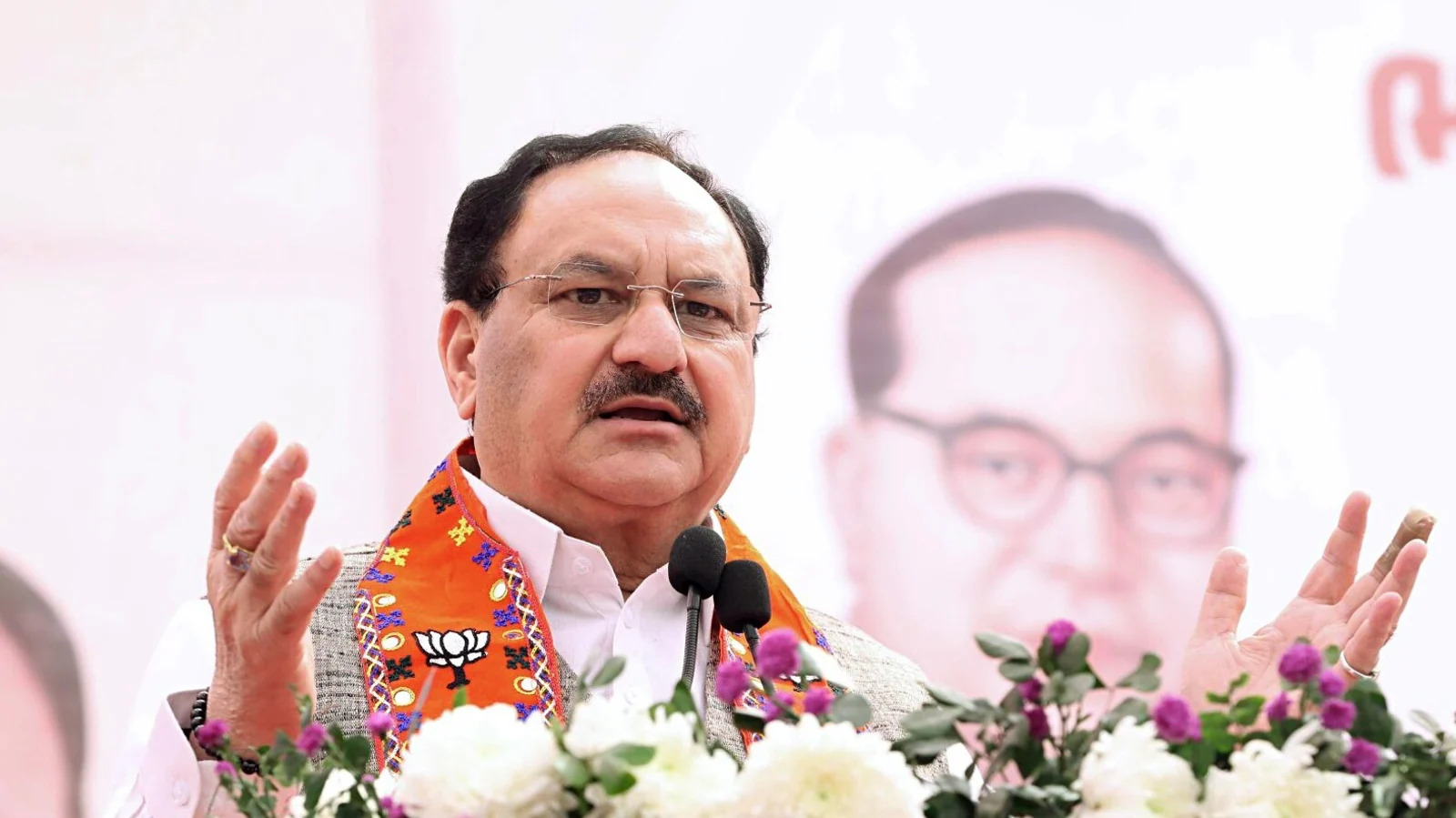






















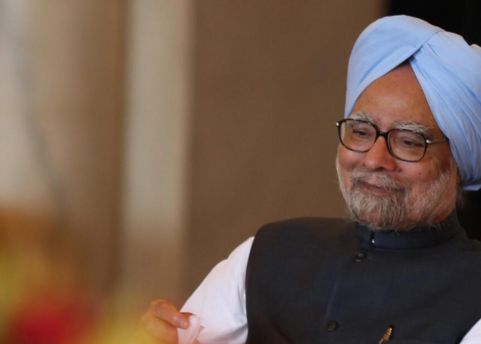

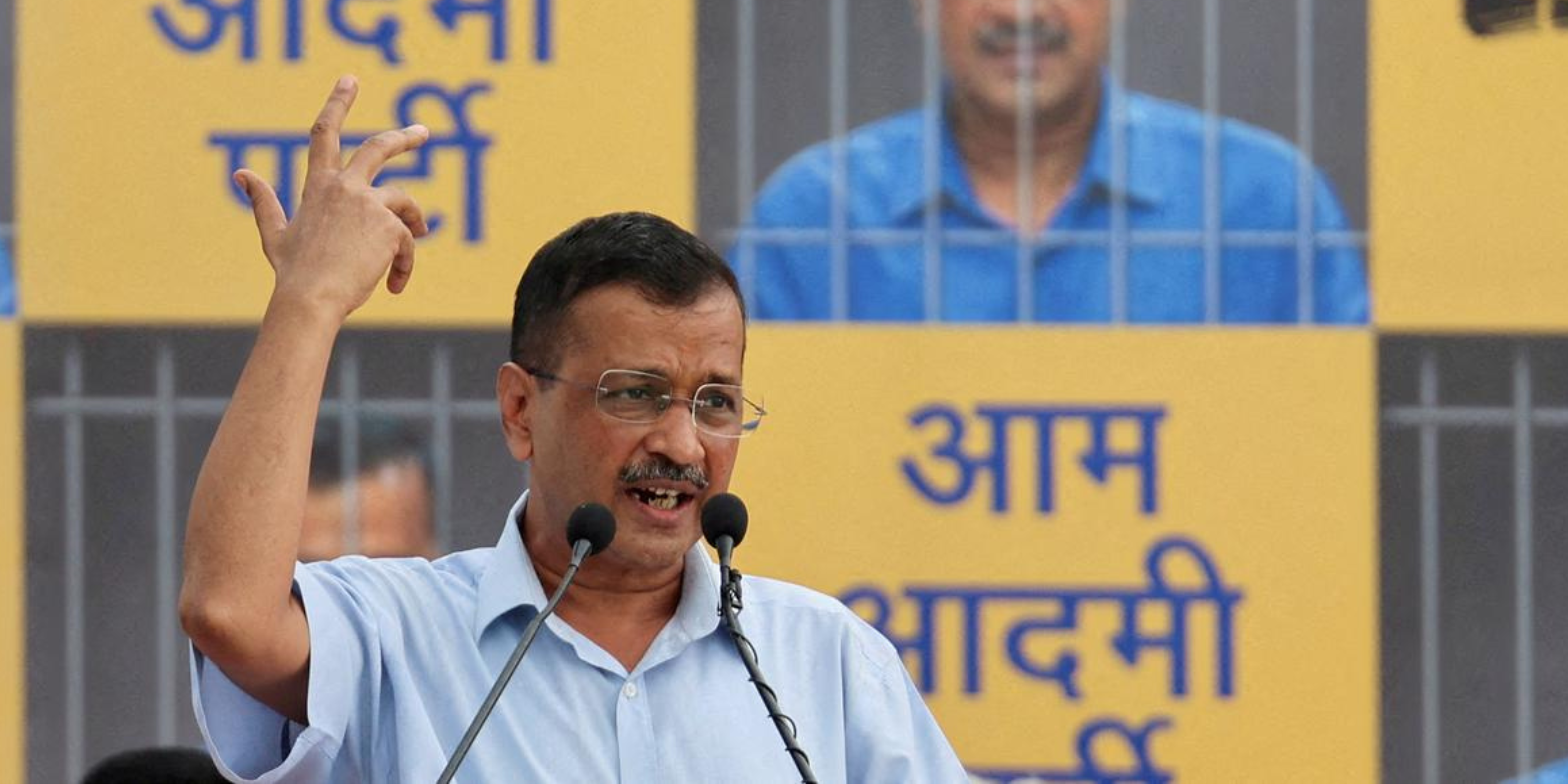








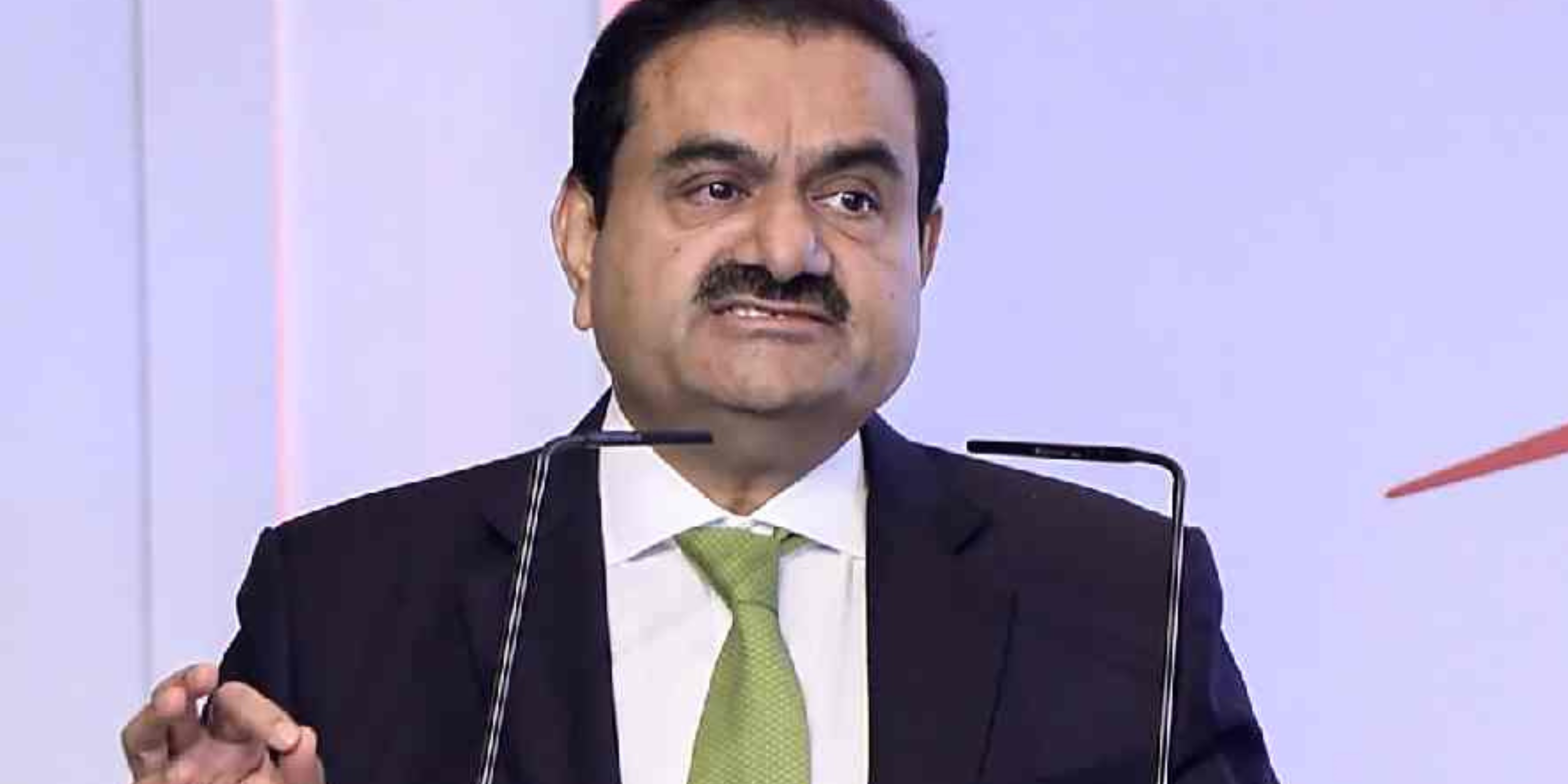











.png)
 (1).png)


